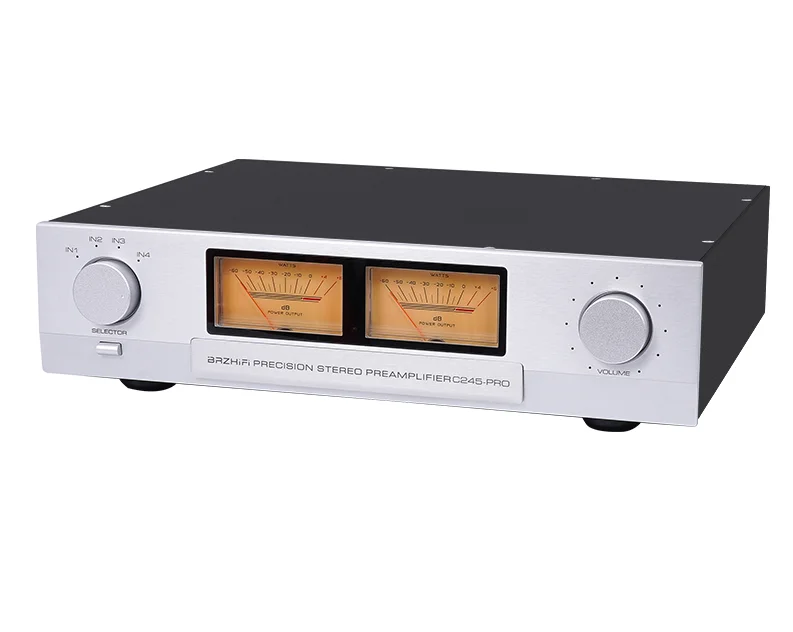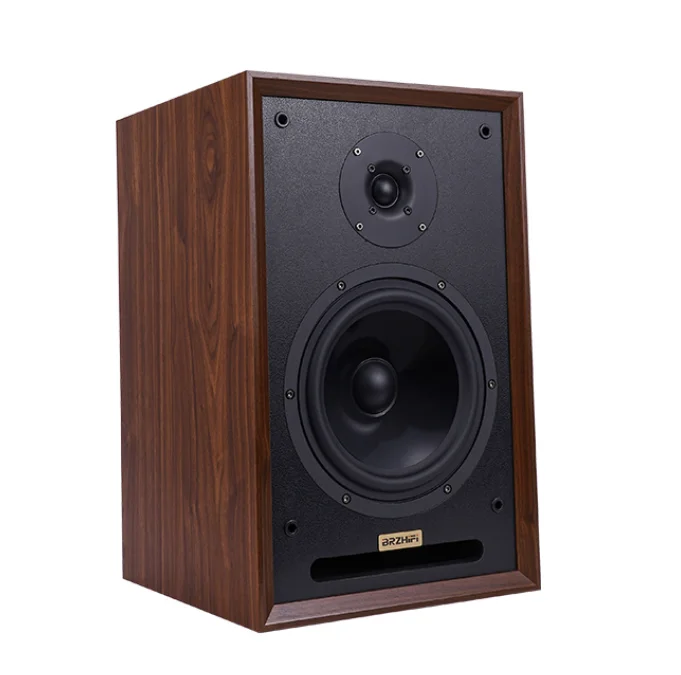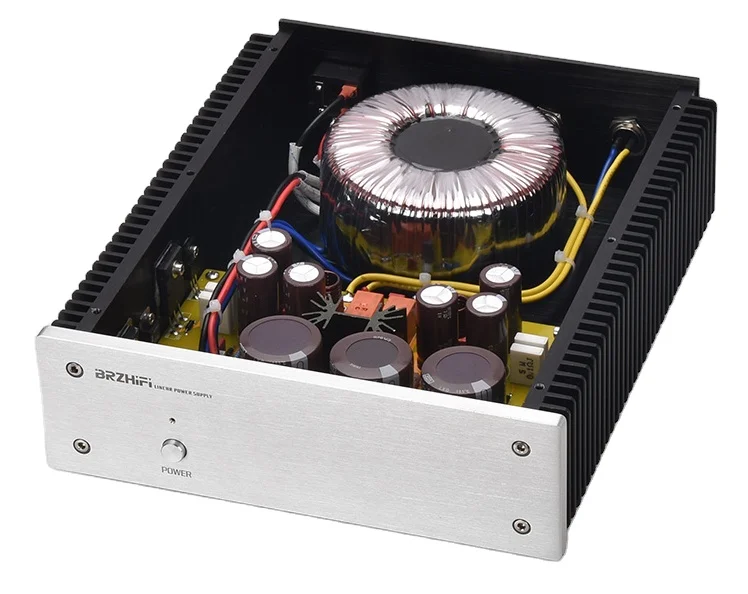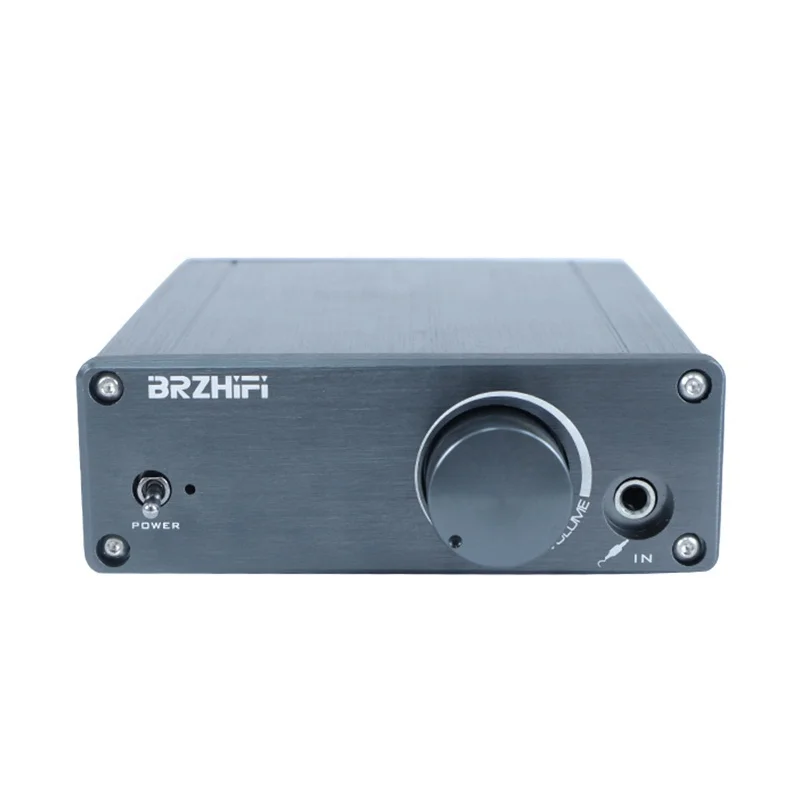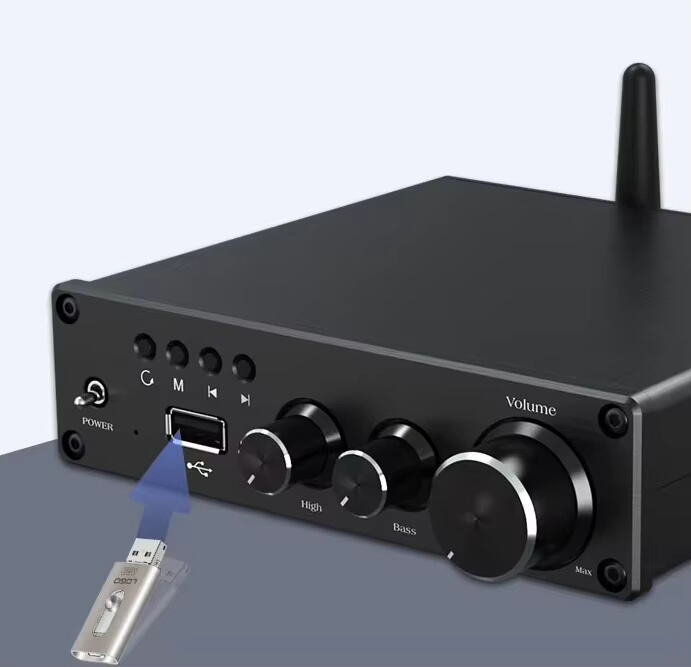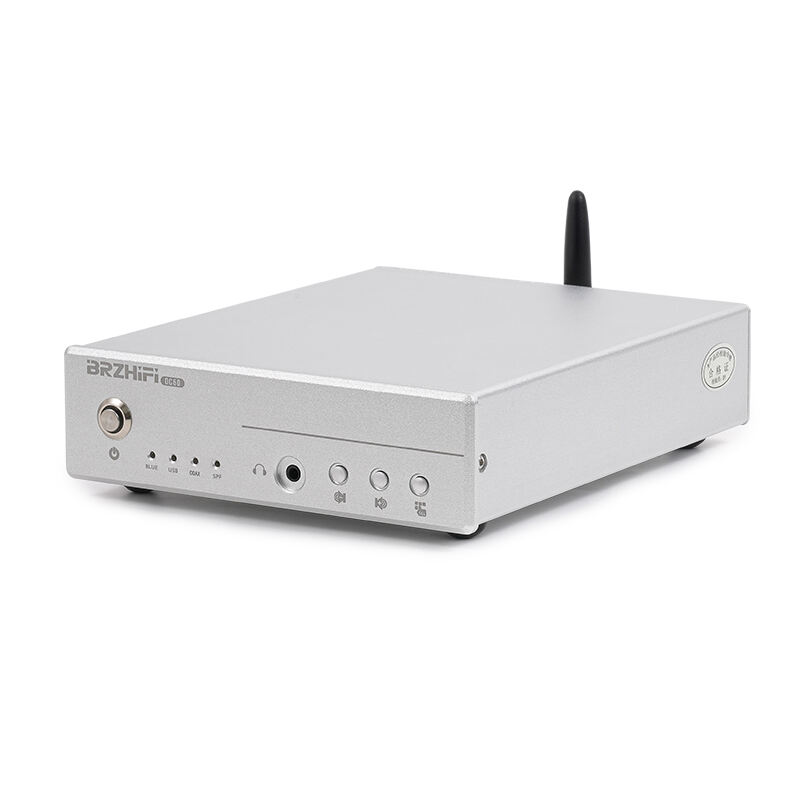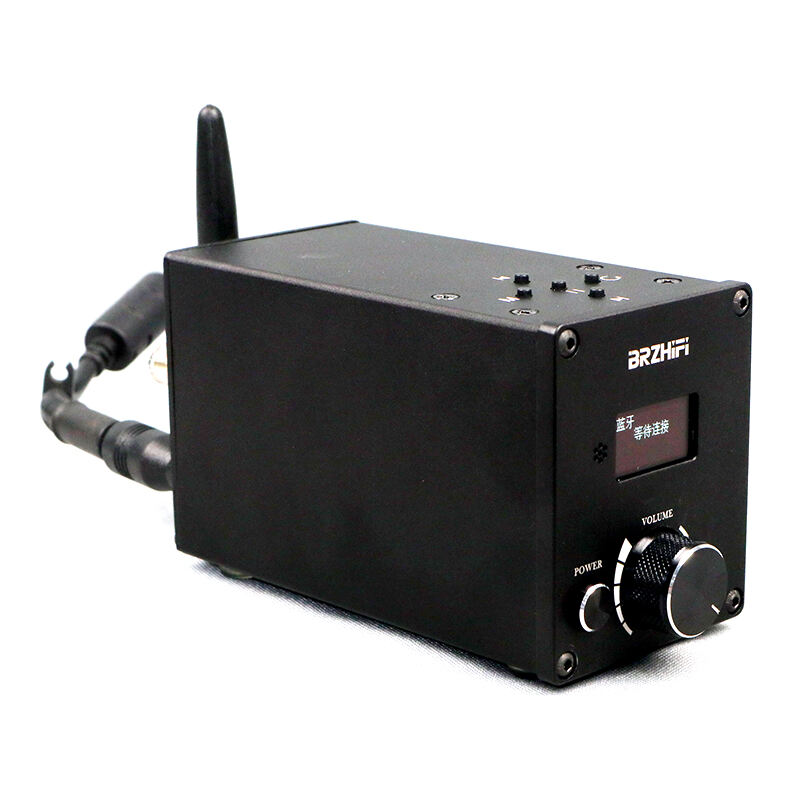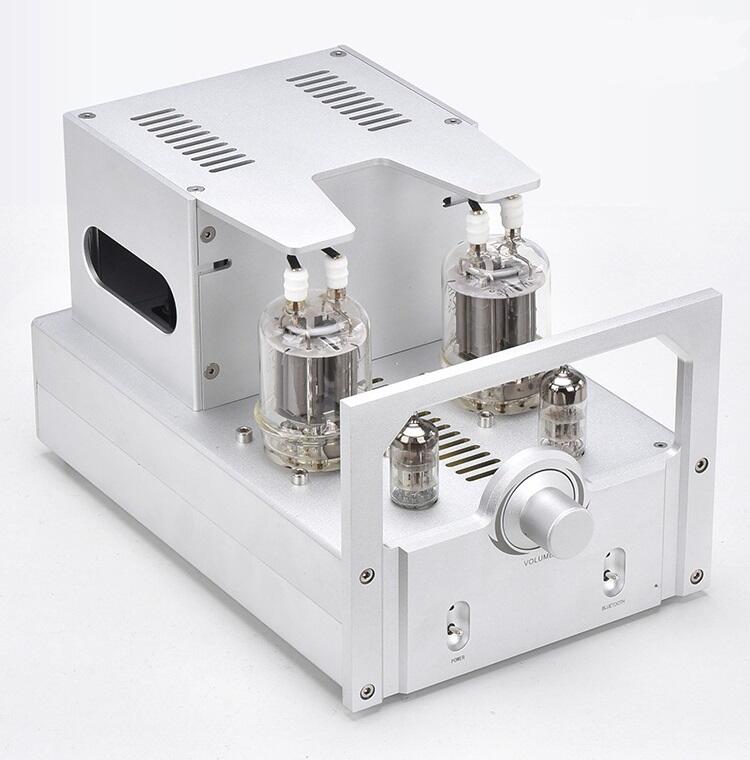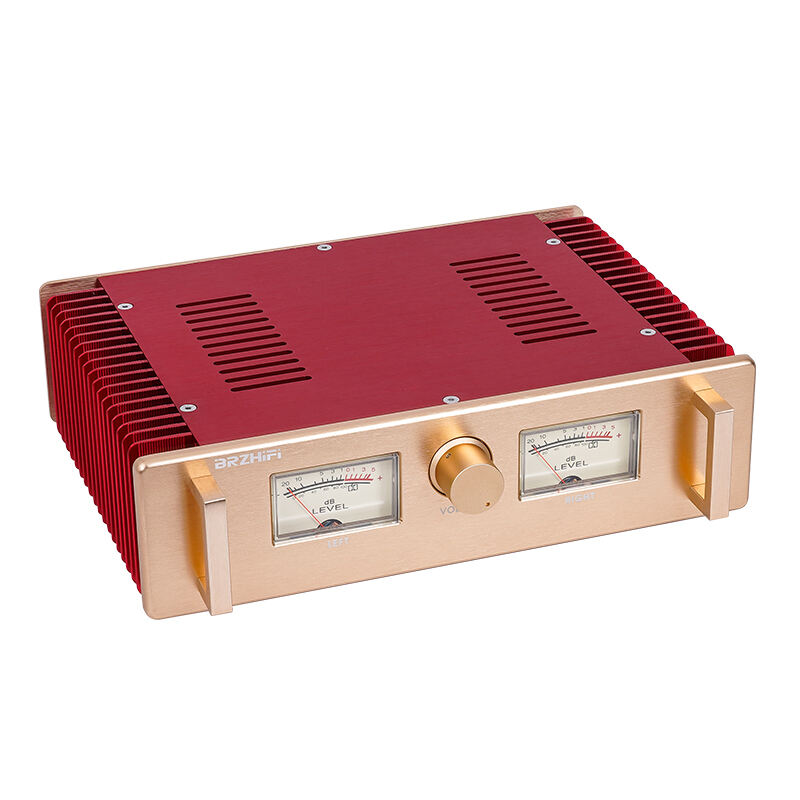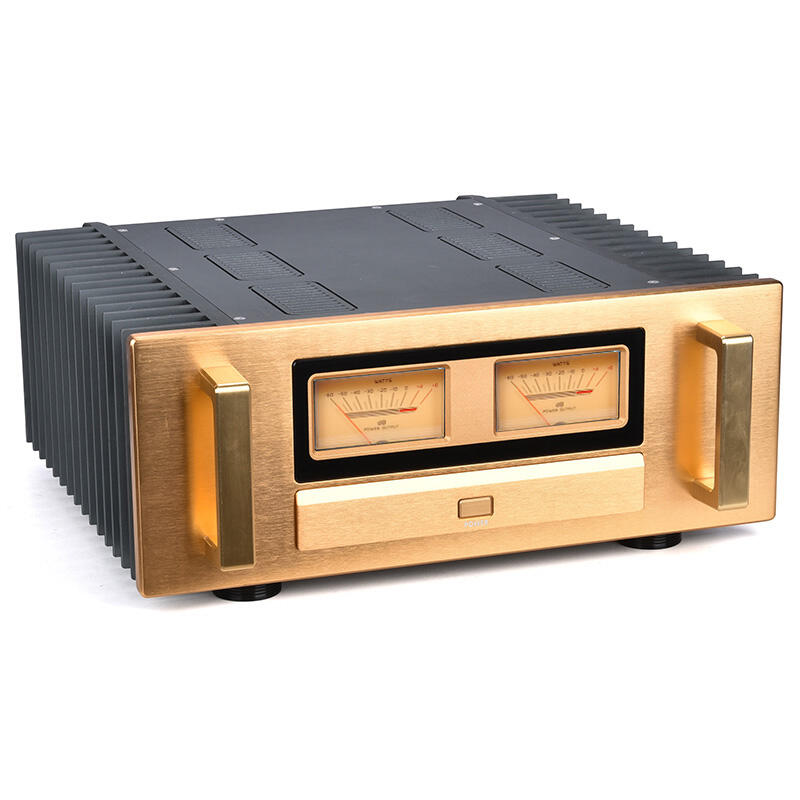class a tube amplifier
Class A tube amplifiers represent the pinnacle of audio amplification technology, delivering unparalleled sound quality through their unique operating principles. These amplifiers conduct signals through the entire 360-degree cycle of the input wave, resulting in the most linear and distortion-free amplification possible. The vacuum tubes used in these amplifiers operate continuously in their optimal conducting region, ensuring maximum fidelity and warmth in sound reproduction. The design typically incorporates high-quality components, including custom-wound transformers, premium capacitors, and carefully selected vacuum tubes. Class A tube amplifiers are distinguished by their ability to handle the entire signal within the most linear portion of their operating range, eliminating the crossover distortion common in other amplifier classes. While they may be less efficient in terms of power consumption, they compensate with superior sound quality, producing rich harmonics and a natural, three-dimensional soundstage that digital amplifiers struggle to replicate. These amplifiers are particularly valued in high-end audio systems, professional recording studios, and audiophile setups where sound quality takes precedence over efficiency considerations.

